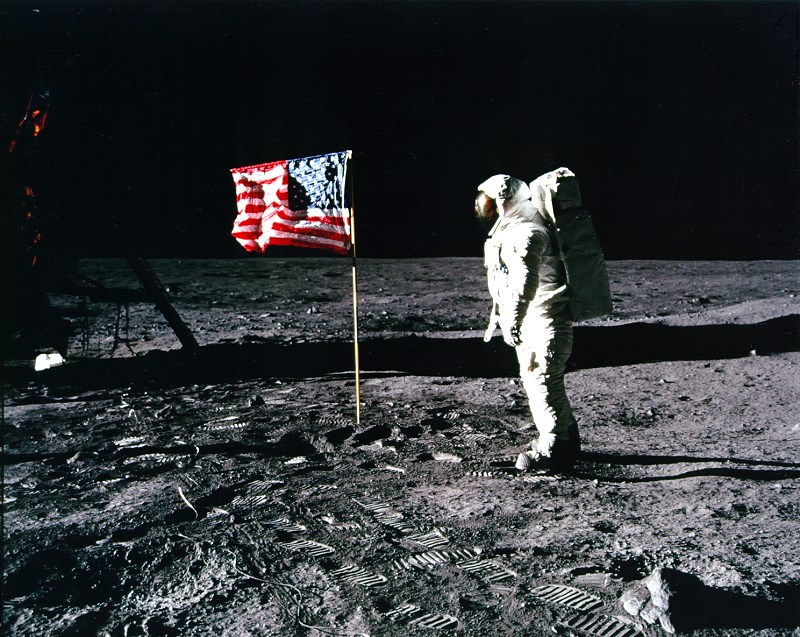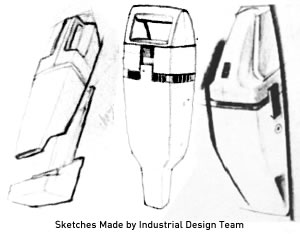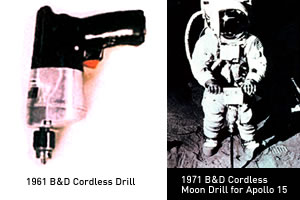Everyday Tech From Space: How Moon Science Gave Us the DustBuster

When people first began using cordless, handheld vacuums to clean up dust and crumbs around the house, few probably saw a connection between their household Hoover and outer space. But, the same technology that helped Apollo astronauts drill for rock samples on the surface of the moon eventually returned to Earth and gave rise to the battery-operated miniature vacuum cleaner.
Black & Decker's mini-vac – the DustBuster – was introduced to American consumers in 1979, but the company developed most of the inner workings for the device as the result of a partnership with NASA for the Apollo moon landings between 1963 and 1972.
One of the most important tasks for astronauts who landed on the moon was to collect lunar rock and soil samples to bring back for analysis on Earth. While most of these samples could be easily gathered on the surface, scientists also wanted to study the moon's crust by extracting subsurface soil.
To dig out core samples from depths of up to 10 feet (3 meters), the astronauts needed a special drill that could penetrate the sometimes hard lunar surface.
The Black & Decker Manufacturing Company, based in Towson, Md., was charged with developing the drill, which needed to be powerful but also compact and lightweight for the journey to the moon.
Furthermore, to be most effective, the drill needed to have its own independent power source. This would allow the moonwalkers to be able to wander away from the base and collect samples from a variety of locations without being constrained by the need to use the Lunar Module as a power source.
Black & Decker responded with a battery-powered drill with a magnetized motor. And while the device helped Apollo astronauts successfully return samples from the moon, the technology behind it proved to have some valuable uses on Earth as well.
Breaking space news, the latest updates on rocket launches, skywatching events and more!
In designing a motor that consumed a minimal amount of power, Black & Decker used a special computer program, and their resulting research and development formed the foundation for the company's knowledge base on battery-powered devices.
Using the same design parameters as it did for the lunar drill (efficient, powerful, lightweight and compact), Black & Decker produced a line of cordless tools and equipment for the automobile, construction and medical industries, as well as for the average consumer.
The DustBuster was marketed as a miniature vacuum cleaner that could be used to clean everyday messes, and suck up dust or crumbs in hard-to-reach places in the car or around the house. Cordless and weighing less than two pounds, the DustBuster was heralded for its convenience.
And to think, it all started on the moon.
You can follow SPACE.com Staff Writer Denise Chow on Twitter @denisechow.

Denise Chow is a former Space.com staff writer who then worked as assistant managing editor at Live Science before moving to NBC News as a science reporter, where she focuses on general science and climate change. She spent two years with Space.com, writing about rocket launches and covering NASA's final three space shuttle missions, before joining the Live Science team in 2013. A Canadian transplant, Denise has a bachelor's degree from the University of Toronto, and a master's degree in journalism from New York University. At NBC News, Denise covers general science and climate change.


